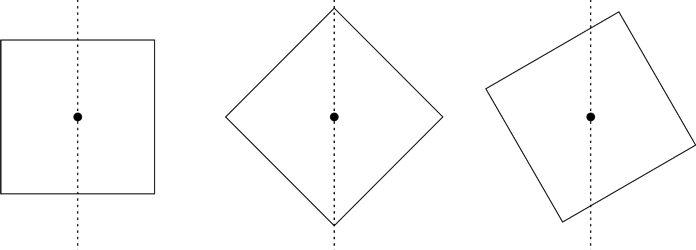A Horse's Balance
In his book Classical Horsemanship For Our Time, Jean Froissard writes of a little-known experiment conducted by François Baucher and General Morris, a specialist in equine science. They wanted to know exactly how much the head and neck action of a horse influenced the disposition of weight on the front and rear legs of a horse. For their experiments, these men enlisted the use of twin scales at the Paris customs office. They placed the forelegs of the horse on one scale and the hind legs on the other. The mare used had a somewhat heavy head and neck but was otherwise of normal conformation. She wore a saddle and bridle.
With her head in its normal, slightly low position, the mare carried about 55% of her weight with her forelegs and 45% with her hind legs. The distribution varied by about 1% with slight movements such as breathing.
With her head lowered so her nose was at chest level, almost 57% of her weight was supported by her forelegs and 43% by her hind legs.
When the mare's head was raised to a position where her nose was level with her withers, the weight distribution changed to 52% on her forelegs and 48% on her hind.
With her head back in the normal position, it was drawn back towards her neck and slightly upward. This resulted in 53% of her weight being on her front legs and 47% on her hind compared to the normal position that had 55% of the weight on the front legs and 45% on the hind.
The results of these experiments indicate that the higher the horse's head is raised the more evenly the weight is distributed between the front and rear legs. A stipulation is that this position is not obtained by force.
Baucher then mounted the horse. This added about 14% to the overall weight. Sitting in an "academic" position and with the horse's head in the original position, 56% of the overall weight ( compared to 55% without the rider) was on the front legs while 44% (45% without the rider) was on the rear.
When repeated with another horse, there were some foreseeable differences due to differences in conformation, but the changes in positioning of the head displayed similar results.
We should consider the results of this experiment when we want to effect the balance of our horse when riding. How a horse is balanced can influence how he moves.
But we should also consider how we are balanced on our horse. How we balance — both longitudinally and laterally — can significantly influence the movements of our horse.
Top






